Before the pandemic hit, NHS England waiting lists were at a record high of 4.4 million. Three lockdowns later, they’ve risen to six million: an unacceptable figure for a Tory government which has spent years trying to rebrand itself as the ‘party of the NHS’. Boris Johnson’s decision to break his manifesto pledge and raise taxes was directly linked to the idea that the money would first be funnelled into the health service to fix the backlog. So can he now deliver for patients?
When Health Secretary Sajid Javid announced his ‘elective recovery plan’ in the House of Commons on Tuesday, he said that the waiting list would start shrinking by March 2024, though he stressed that the numbers will rise before then. By how much? Estimates float around, but the NHS modelling has been kept under wraps.
The Spectator has seen the models on which the recovery plans have been based. The optimistic scenario shows that, by March 2024, the waiting list would stand at 9.2 million, falling to 8.5 million by 2025. The downside scenario shows the list peaking at 10.7 million and easing to just 10.3 million the following year.
These are pretty depressing figures, especially for ministers only now realising how little the new tax levy — a 1.25 percentage point rise for both bosses and workers — will achieve. Increasing National Insurance was a huge political gamble, sold on the premise that if the extra cash fixed the backlog, it would be worth it.
This explains the row in Whitehall this week when the time came to announce what the NHS aims to do with the extra money. With the Prime Minister weighed down by scandal, it has been easy to frame such disputes as a power struggle between ambitious politicians. But in fact, No. 10, the Treasury and the Department of Health are aligned: they believe such a big injection of cash should be tied to performance and make a bigger impact on the waiting list.
The stand-off has instead been between the government and the NHS. There has been confusion over what was a promise from the NHS and what was a ‘scenario’. It has turned into a row over what ministers thought they had negotiated on behalf of patients, what the health service thinks it can deliver — and who makes the decisions. The debate raises questions, not just about timelines and targets, but about power. Even ministers have been left wondering: who controls the NHS? And to what extent can elected politicians really call the shots over what is now one of the ten largest organisations in the world?
Last summer, when Johnson still had control of his government, he decided to raise taxes. He said he would use the money to ‘fix’ social care (which so far means subsidising the asset-rich), but for the first few years the tax revenue would go to the NHS. Behind the scenes, an understanding had been reached between No. 10, the Treasury, the Department of Health and the NHS about what the cash would achieve. The Department of Health supplied modelling suggesting that £8 billion should reduce the waiting list to 5.5 million by 2025 — worse than pre-pandemic levels, but better than where we are now.
Then along came omicron. Hospital caseloads barely reached a quarter of last winter’s peak. But with increasing evidence that booster shots provided the best protection against the new variant, the NHS was put on full alert and brought back its military-style vaccination operation. Once again, the focus shifted, away from playing catch-up to emergency services.
But forecasts for the waiting list had already been slipping months before the new variant arrived in Britain. In September, when the NI hike was finally announced, ministers were given some bad news: the waiting list would have an additional million people on it — roughly 6.6 million by 2025 — and another £2 billion would be needed to achieve this less ambitious target.
By the end of last week, when the so-called ‘elective recovery plan’ was about to be announced, the targets were unrecognisable. The NHS remains committed to delivering 30 per cent more elective activity by 2024-25, as previously agreed. But models show very different outcomes, with NHS modelling estimating that the waiting list in 2025 will have millions more on it than expected last summer.
The NHS waiting list could well be almost twice as long as what ministers thought it might be when they first agreed to the tax hike. But not everyone agrees on what the original ambitions were. The estimate of 5.5 million on the waiting list by 2025 was technically produced by the Department of Health, which puts some distance between the target and the NHS. It’s an age-old tale of two institutions so intertwined that it becomes easy to pass the buck: when something goes right, praise the NHS; when things go wrong, blame the Department of Health.
Regardless, the cash is being spent and taxes will rise in April — as will waiting lists in years to come. Another NHS model shows 75,000 people waiting a year or more for care by 2025, up from around 10,000 people estimated when the tax was first agreed. This is probably an optimistic estimate and raises serious doubts about Javid’s pledge of ‘eliminating waits’ that go over this timeframe.
NHS officials are quick to point out that ministers have always said that the picture would get worse, and waiting lists would grow, including when the tax rise was announced. It’s also near impossible to predict just how high waits will rise, as it depends on how many people come forward for treatment. But forecasts exist — they just aren’t shared. Perhaps there’s a reason why these figures are always kept secret: to disguise just how little control the government has over the NHS. It just keeps shovelling money into a system that so often falls short of expectations.
It’s clear from this week’s disputes that the government thought their manifesto-breaking tax hike was going to yield better results. Perhaps that was naive. Or perhaps this is proof of who calls the shots. As a source close to No. 10 puts it: ‘People joke that we’re now a health service with a government attached. They have no idea the truth behind it.’
Got something to add? Join the discussion and comment below.
Get 10 issues for just $10
Subscribe to The Spectator Australia today for the next 10 magazine issues, plus full online access, for just $10.
You might disagree with half of it, but you’ll enjoy reading all of it. Try your first month for free, then just $2 a week for the remainder of your first year.


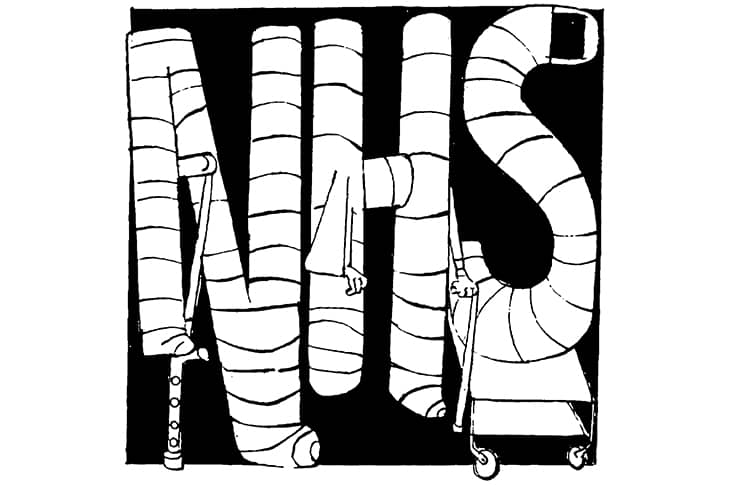
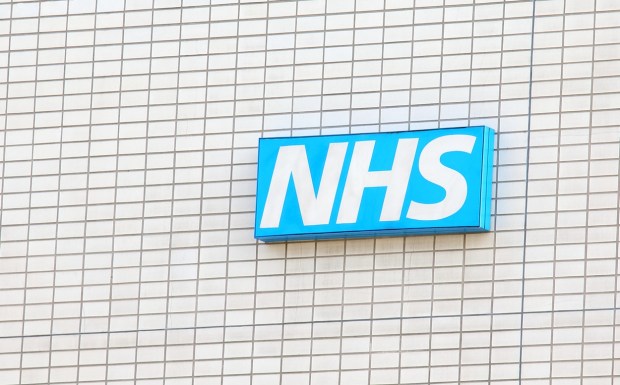
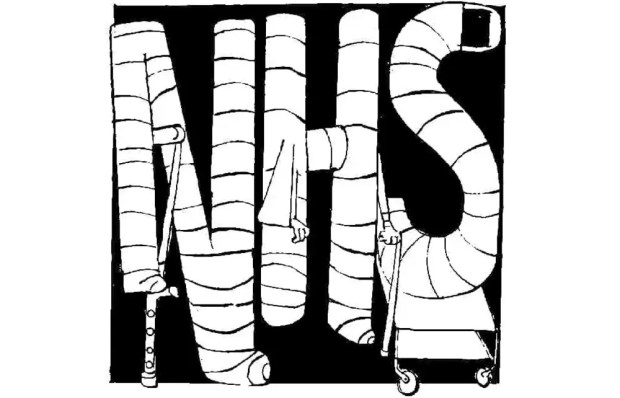
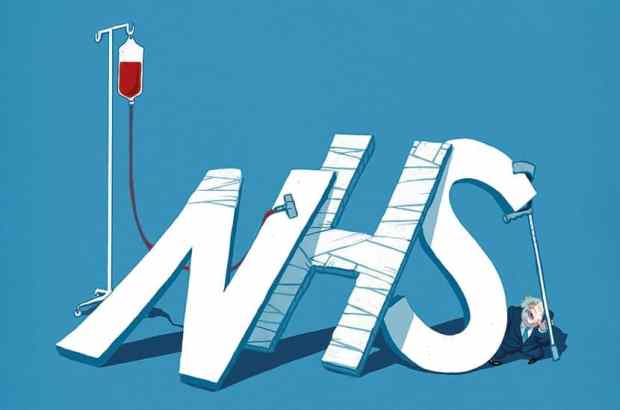
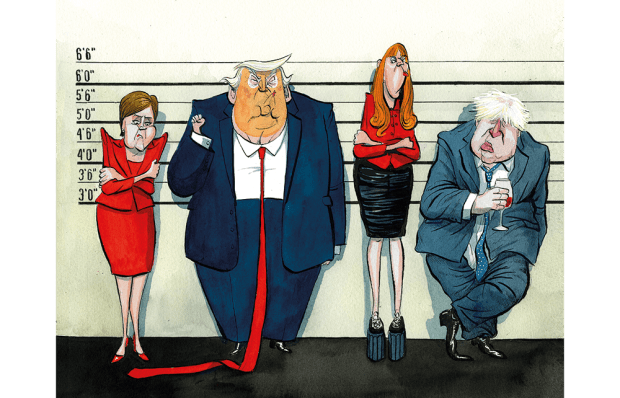
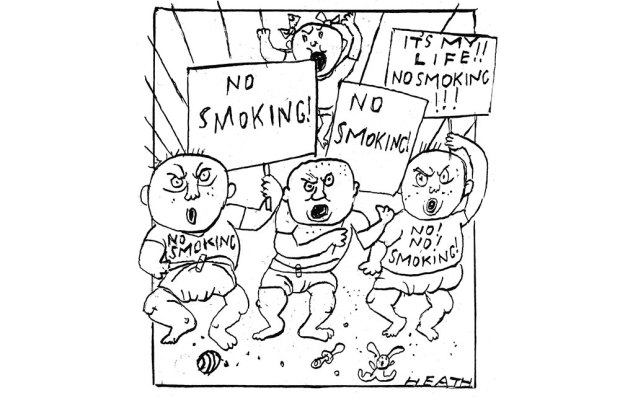







Comments
Don't miss out
Join the conversation with other Spectator Australia readers. Subscribe to leave a comment.
SUBSCRIBEAlready a subscriber? Log in